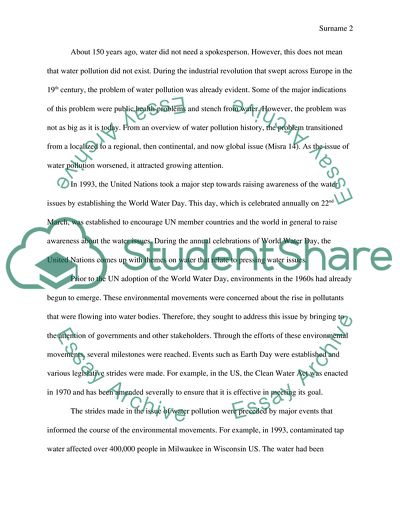Cite this document
(How Dirty Water and Pollution Affects People Term Paper, n.d.)
How Dirty Water and Pollution Affects People Term Paper. https://studentshare.org/environmental-studies/1868226-water-issues-how-dirty-water-and-pollution-affects-people
How Dirty Water and Pollution Affects People Term Paper. https://studentshare.org/environmental-studies/1868226-water-issues-how-dirty-water-and-pollution-affects-people
(How Dirty Water and Pollution Affects People Term Paper)
How Dirty Water and Pollution Affects People Term Paper. https://studentshare.org/environmental-studies/1868226-water-issues-how-dirty-water-and-pollution-affects-people.
How Dirty Water and Pollution Affects People Term Paper. https://studentshare.org/environmental-studies/1868226-water-issues-how-dirty-water-and-pollution-affects-people.
“How Dirty Water and Pollution Affects People Term Paper”. https://studentshare.org/environmental-studies/1868226-water-issues-how-dirty-water-and-pollution-affects-people.


